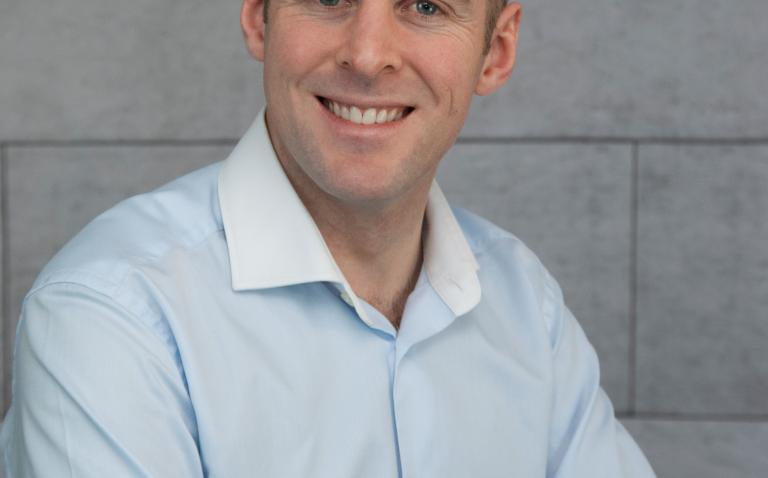The British Government’s Cabinet reshuffle this month created a new ministerial brief combining health and social care for the first time.
It aims to move the UK away from a fragmented, “fire-brigade” approach to health and social care towards a more integrated, preventive health and social care system that treats the causes, not just the symptoms.
At the heart of this approach will be the need for continuous, real-time information-sharing between health and social care professionals within and beyond hospital walls. This will involve not only digitised, integrated healthcare records, but the live sharing of detailed flags and alerts and interface standards creating fully interoperable IT systems across hospitals, ambulances and all care institutions.
The vision is to create a truly native digital transformation strategy that is responsive, adaptable health and social care ecosystem joined seamlessly together by a thread of live data from a medical ‘Internet of Things’ network.
The benefits could be extraordinary, enabling care professionals to use live data to predict and prevent ailments, alter dosages and care plans and re-allocate vital resources in response to real-time information. It can enable professionals in one location to monitor patients and fix vital medical equipment in another. Crucially, connected technology could allow everyone from surgeons to first-responders to receive remote support or training from experts in any location, enabling limited human resources to be deployed in more places at once.
The vital backbone of the endeavour is the ability of our health and social care system to create 24-hour, real-time connectivity between an array of systems and devices across many locations. The key is to not only enable devices to share information but to enable healthcare professionals to have remote real-time access to equipment across different departments, hospitals and care facilities, enabling healthcare organisations to solve problems by pooling the relevant expertise from any location in real-time.
We have seen some pioneering medical organisations across Europe and US demonstrate how this can create a joined-up system where problems are predicted and prevented remotely before they arise.
One example of where we can see this transformation starting to happen is with Calderstones NHS Trust. It is using remote access software to enable technicians to remotely manage hospital IT systems from any location, minimising maintenance costs and call-outs and keeping vital equipment running. Southern Ohio Medical Center is another example where technicians in any location “remote into” medical imaging equipment in every department from the radiology department to the research lab. This is creating an effective cross-sector IT help desk for medical equipment and even facilitating ‘remote working’ among healthcare staff. Fujifilm has similarly deployed an integrated support system enabling medical imaging equipment to be remotely monitored and fixed from thousands of miles away across vets, clinics, chiropractors and even cruise liners.
The technology could allow other healthcare professionals to remote in to devices across any part of the healthcare organisation, creating unprecedented cross-sector training, oversight and support across the health and social care system.
Connected hospitals and care homes could allow everyone from surgeons to junior doctors to get real-time support or training from an expert at any location. Trainee surgeons could receive advanced virtual training and ‘remote in’ to an operating theatre to view operations from different angles and see inside operating equipment in real-time. Mobile x-rays, or wearable health monitors that remotely broadcast real-time dataon a patient’s ‘vital signs’ to hospitals could allow clinicians to have the right equipment ready before the patient is even picked up. Doctors could even eventually remote into medical tabletsthat conduct heart examinations to guide first responders on the next steps.
Ultimately, we could see remote access technology enable an always-on secure connection sharing data between all medical devices, creating a truly ‘intelligent’ healthcare system remotely receiving and responding to vital information on millions of patients in real-time.
Combining health and social care will not only require professionals to collaborate across sectors, but it will require technology capable of allowing people to share information and crowd-source expertise across widely-dispersed departments and institutions.










